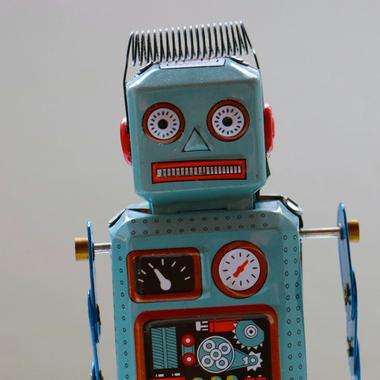The smartest artificial intelligence isn’t always locked away in a huge data centre. Increasingly, it’s sitting in your pocket, running on the same device you use to check your messages, take photos, and pay for your coffee.
This shift toward on-device AI is one of the most important developments in tech right now, and it’s set to transform how apps are built, how they perform, and how we think about privacy.
From Apple Intelligence in iPhones to Google’s Gemini Nano on Android, from the older but still powerful TensorFlow Lite to newer frameworks like Software Mansion’s EXECutorch, the industry’s biggest players (and some ambitious smaller ones) are betting big on putting AI closer to the user.
As application developers in the UK, we’ve been watching this trend with a keen eye. Because while it’s a huge leap forward for users, it also reshapes the way we have to approach design, testing, and optimisation.






